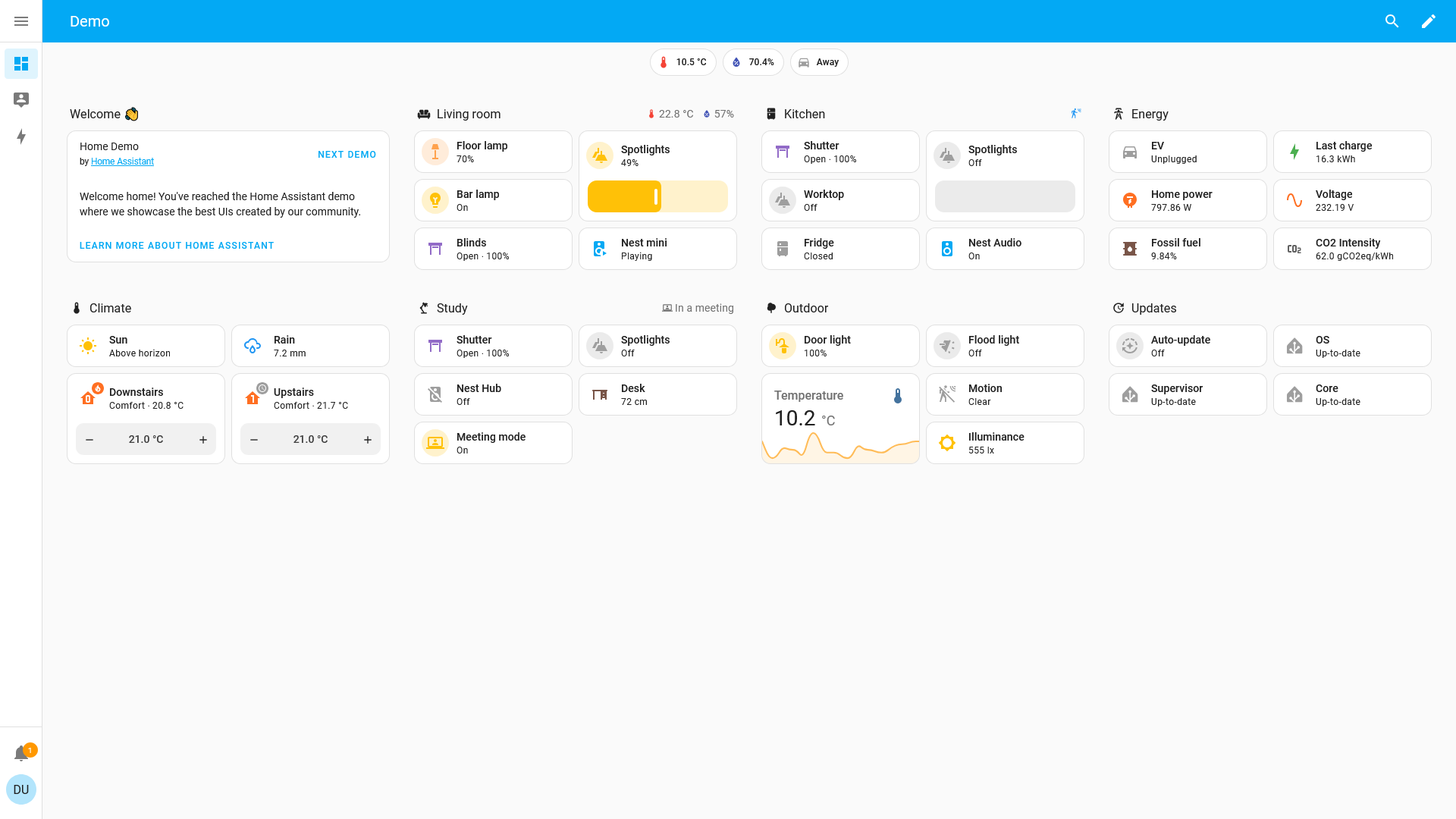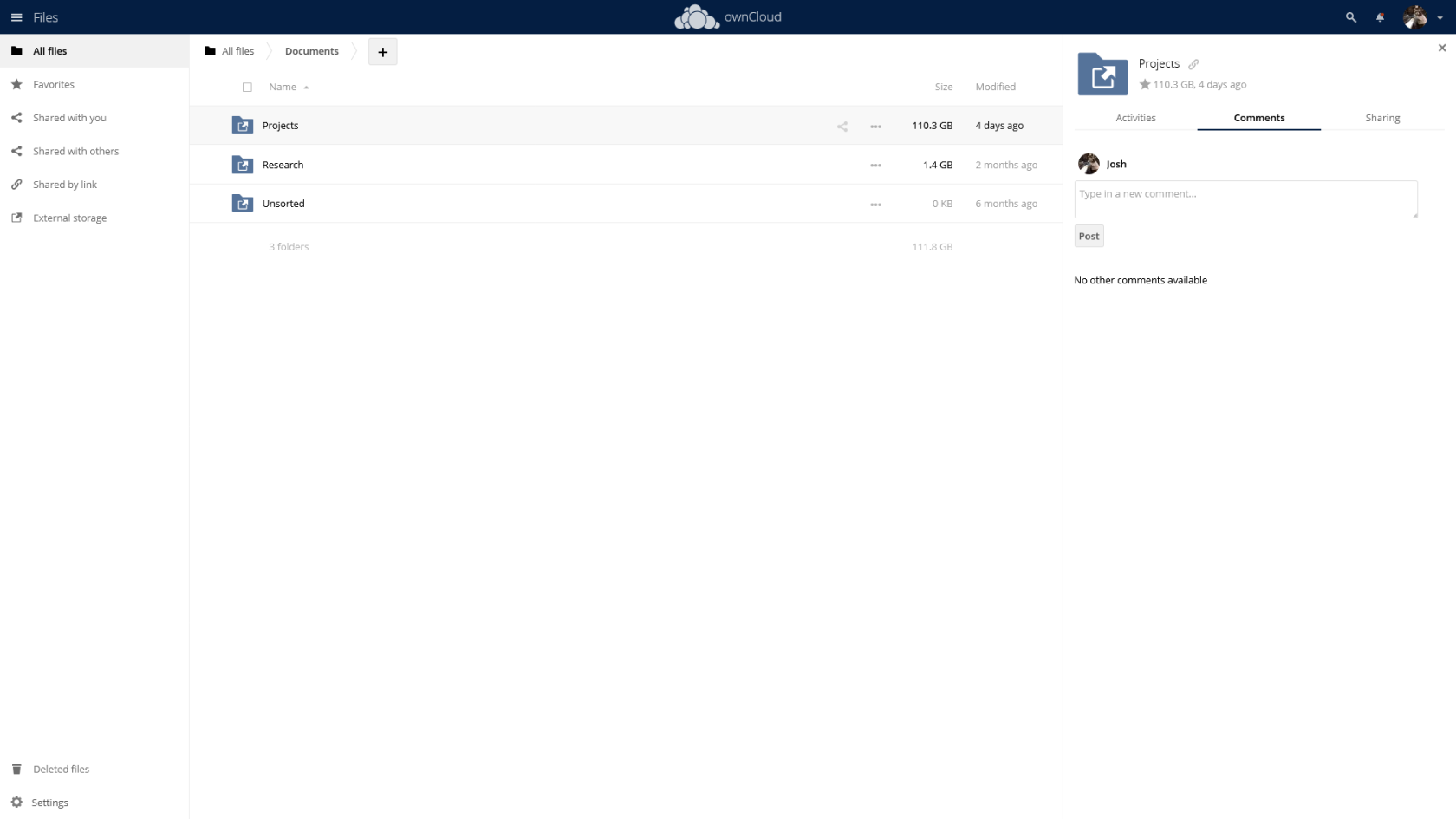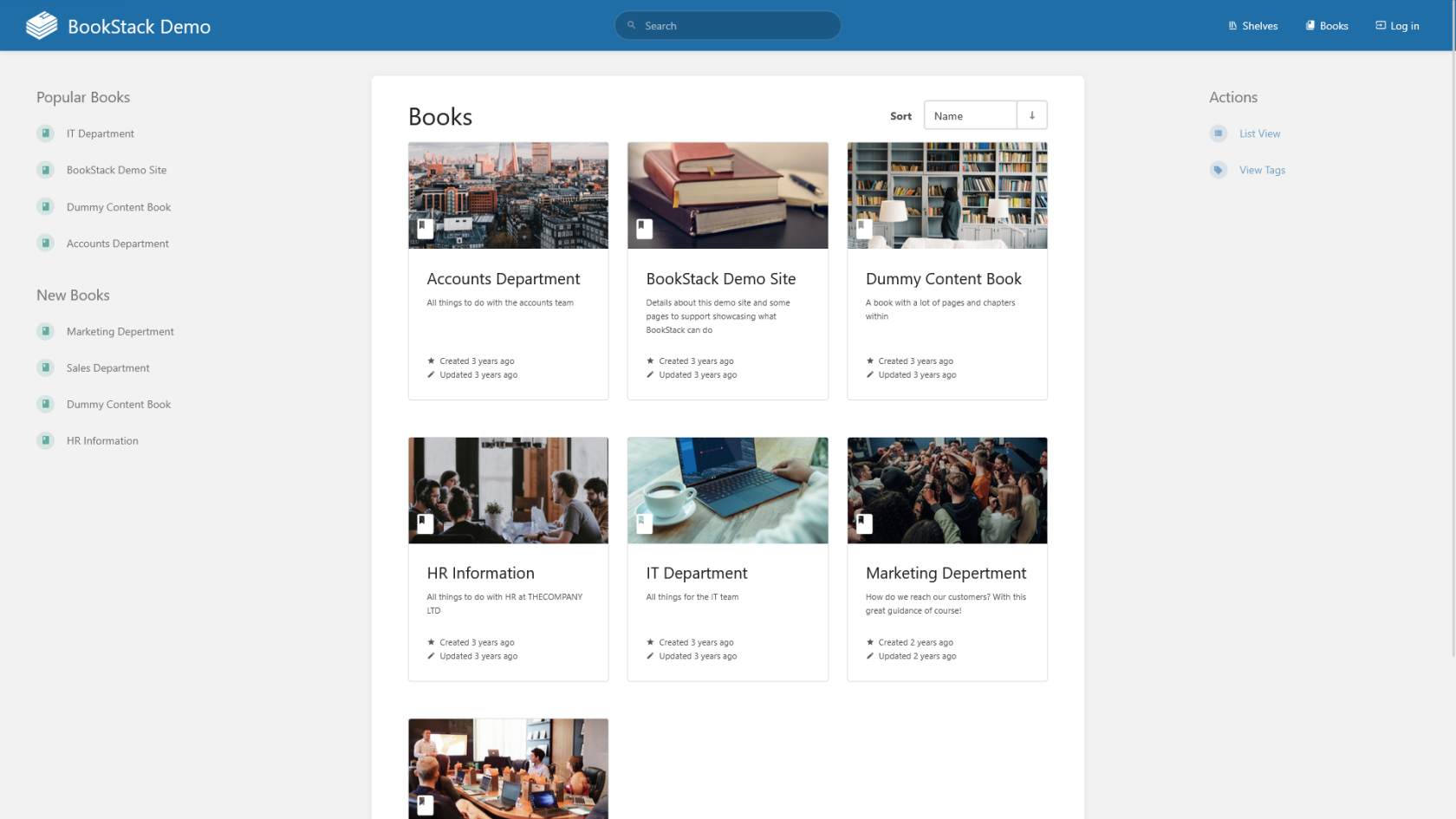Single-Board Computers
The Raspberry Pi – who popularized this style of computer – currently sell three versions of their board: 3B+, 4, and 5. Other options include: similar vendors such as Banana Pi, Orange Pi and Pine Board; the completely open hardware Libre Board; the Asus TinkerBoard and the Texas Instruments Beagle Board.
|
Sell Cost $50 – $200 |
Single-board computers work well for small servers, but can struggle under heavy usage. While cost-effective, they are also examples er, but these computers can run for months without needing to be restarted.
Great for hosting a small server where you run services only for yourself.
Home Server
Use a Raspberry Pi 4 for Home Assistant to manage your smart devices and Grocy to keep track of your kitchen inventory.
Personal Cloud
The Raspberry Pi 5 and a USB 3.0 Hard Drive can be a personal OwnCloud server for your calendar, contacts and files. Add Collabora to edit documents, slideshows and spreadsheets directly in your browser.
Personal Wiki
Use the Libre Computer Solitude for hosting your own BookStack to keep track of your personal knowledge.
Your experiences may vary.
Always make sure to test for stability when installing new services.
This class of commodity computers use ARM processors that are part of a system-on-a-chip. They are extremely power efficient with performance specifics being dependent on the model you purchase. Generally, they are powered using a USB connector and a high-quality cable.
By default, many come with an Ethernet port, Wi-Fi, Bluetooth, USB, HDMI and 3.5mm audio output. These board also come with a GPIO port which offers programmable pins for HAT add-ons and project development.
| Minimum Specifications |
|
Developer_board |
Processor
|
|
Memory |
Memory
|
|
View_in_ar |
Graphics
|
|
Hard_drive |
Storage
|
|
Lan |
Connectivity
|
| Where To Buy |
|
Language |
Online |




